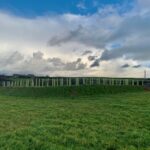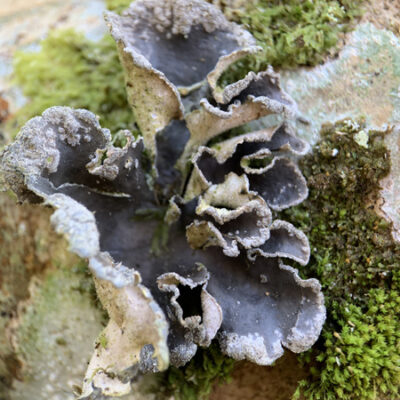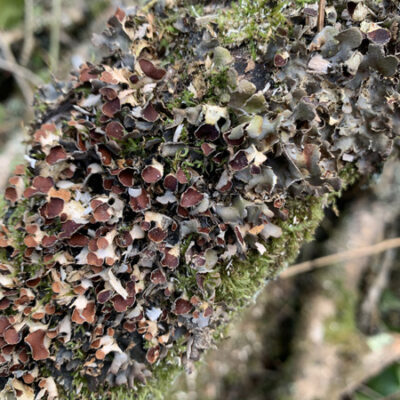Leave a reply
Our Services
 Temperate rainforests are not mapped and designated well currently. Sadly mapping of prioriy habitats let them down. Yet they are home to internationally important species which are globally rare. Plantlife have worked tirelessly to ensure the people who work in the wider landscape can find the indications that make them what they are.
Much like ancient woodland restoration, these woodlands are often threatened by neglect of our management to replace herbivores of the past. Dappled light is of the utmost importance for many rainforest species. Carefully selecting trees must be considered to help remaining trees achieve more light further down the trunks and not just the canopy.
The ground cover is just as important, ideally grazed to keep our moss laden landscapes holding water. Many smaller woodlands suffer from the lack of grazing ability and the ground can end up swamped with dominant common species such as bramble or honeysuckle.
Wet Woodlands share the Southern oceanic woodland index of species. Therefore many crossovers in the management of this type of woodland as well as ancient woodland are important to consider.
Temperate rainforests are not mapped and designated well currently. Sadly mapping of prioriy habitats let them down. Yet they are home to internationally important species which are globally rare. Plantlife have worked tirelessly to ensure the people who work in the wider landscape can find the indications that make them what they are.
Much like ancient woodland restoration, these woodlands are often threatened by neglect of our management to replace herbivores of the past. Dappled light is of the utmost importance for many rainforest species. Carefully selecting trees must be considered to help remaining trees achieve more light further down the trunks and not just the canopy.
The ground cover is just as important, ideally grazed to keep our moss laden landscapes holding water. Many smaller woodlands suffer from the lack of grazing ability and the ground can end up swamped with dominant common species such as bramble or honeysuckle.
Wet Woodlands share the Southern oceanic woodland index of species. Therefore many crossovers in the management of this type of woodland as well as ancient woodland are important to consider.
Methods we use....
- Identifying indicator species
- Selective felling and thinning
- Haloing trees with are species rich and have good veteran features
- Light management to create dappled light whilst considering the humidity levels.
- Veteranisation of trees
- Dominant species management
- Structural/layer management
- Protection of desirable regeneration/ removal of undesirable regeneration
- Retaining self perpetuating hazel stands
Info







